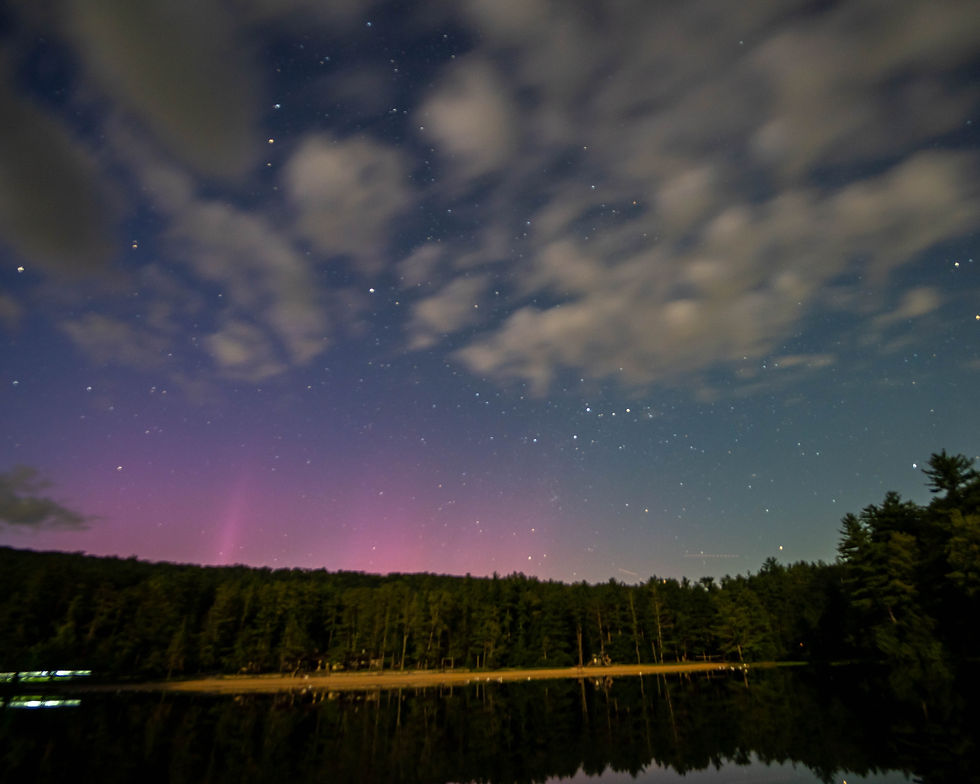- Friends of R. B. Winter State Park

- Sep 11, 2024
- 2 min read
On today’s edition of #RBWinterWildlifeWednesday, we take a look at one of the most unique frogs you’ll find at R. B. Winter State Park—the Wood Frog!

Wood Frogs are one of six species of frogs that inhabit the park and the surrounding state forest lands, they are quite common throughout Pennsylvania and have been documented in all 67 counties in recent years. Additionally, they can be found from northeastern Georgia through the states of the Appalachian Mountains, all the way up to northeastern Canada and westward through the upper Midwest and central Canada, extending across the continent to the mountains of Alaska.
In fact, one of the things that makes Wood Frogs so special is that they are the only species of frog found north of the Arctic Circle! These little frogs are extremely cold-tolerant. As winter approaches, their bodies produce natural cryoprotectants—essentially a natural antifreeze—that protect them during the long winter months. During this process, Wood Frogs find a spot in the soil or leaf litter on the forest floor to enter dormancy. Through the winter, up to 65% of their body freezes solid into ice for periods of around 190 days!
As the snow melts and the ground begins to thaw, they are the first frogs to emerge from the forest floor as winter slowly gives way to spring. On the first few rainy nights, you’ll find them slowly moving about as they head toward seasonal breeding pools to mate and lay eggs. When the first rainy night arrives with temperatures in the 50s, their activity explodes, with hundreds of frogs gathering at the breeding pools. This is one of the only times you’ll hear male Wood Frogs making their distinctive duck-like quacking call. After laying eggs, Wood Frogs quickly disperse into the surrounding woodlands, where they spend the rest of the year hunting for insects among the trees.
If you would like to see a Wood Frog and learn more about the reptiles and amphibians of Pennsylvania, join us for an interpretive walk this Saturday and Sunday at 1 PM at the Environmental Learning Center at R. B. Winter State Park! We will explore important habitats and discuss the species often found in the park.



